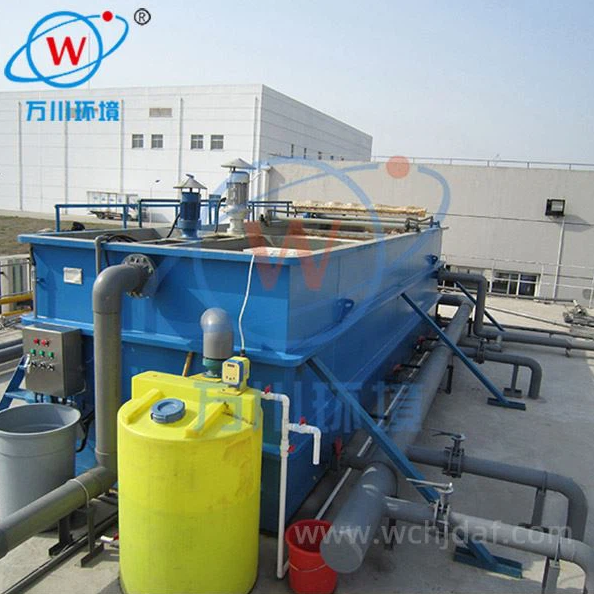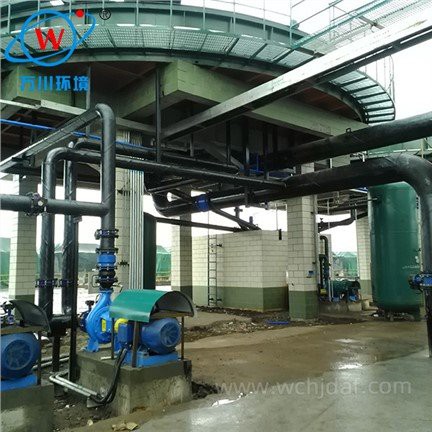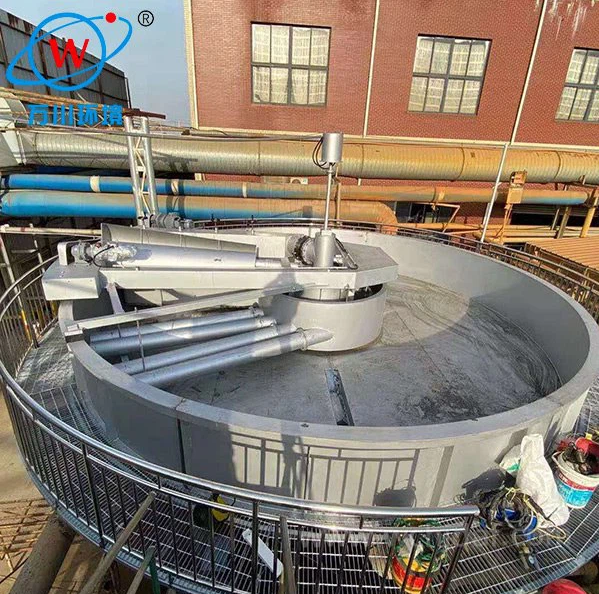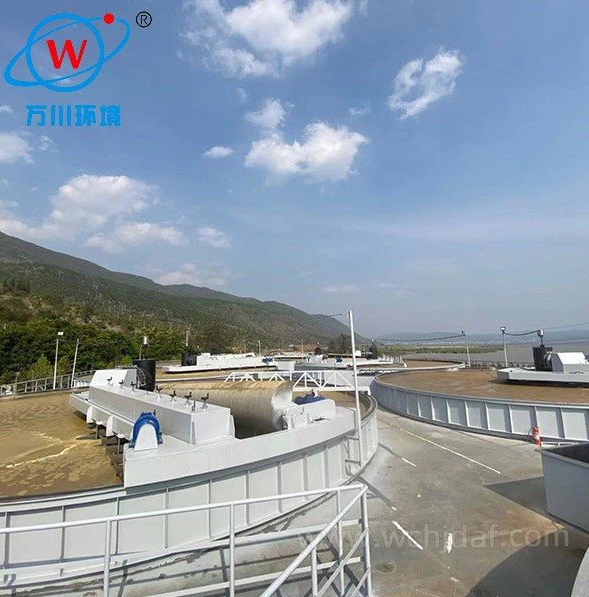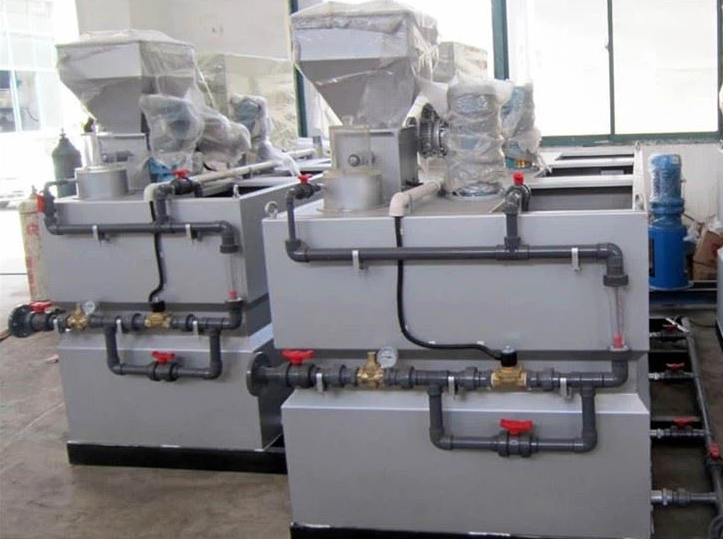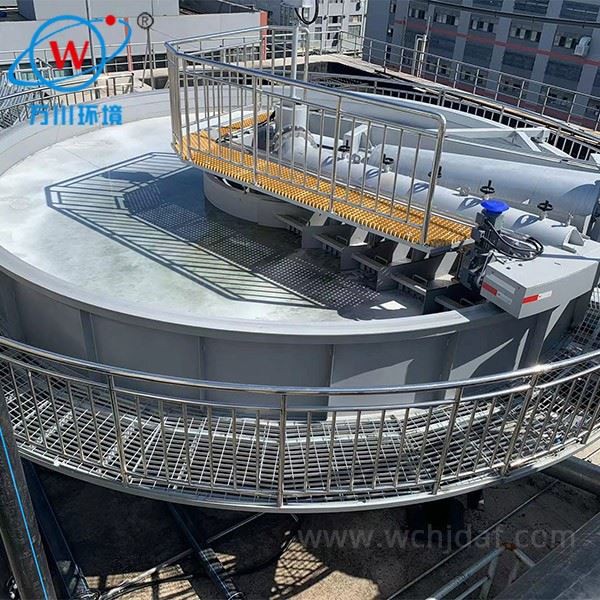1. Oily wastewater
Common in industries such as oil extraction, oil refining, and mechanical processing. Flotation equipment can effectively separate floating oil and dispersed oil in wastewater, and increase its removal rate to more than 90%. For example, in an oil refinery, using flotation equipment to initially remove oil substances in wastewater can greatly reduce the burden of subsequent deep treatment processes.
2. Papermaking wastewater
The wastewater generated in the papermaking process contains a large number of pollutants such as fine fibers, fillers, and lignin. Flotation equipment can use the adhesion of bubbles and pollutants to float and separate fibers, fillers, etc., which not only purifies wastewater, but also recovers useful substances such as fibers, with a recovery rate of 70%-80%, reducing production costs while reducing pollution emissions.
3. Food processing wastewater
The wastewater in the food processing industry is rich in organic pollutants such as protein, starch, and grease. Flotation equipment can flocculate these organic matter, combine and separate them with bubbles, remove most of the organic matter, significantly reduce the chemical oxygen demand (COD) of the wastewater, and create good conditions for subsequent biological treatment. The COD removal rate can usually be controlled at 50%-70%.
4. Printing and dyeing wastewater
The wastewater from the printing and dyeing industry has the characteristics of high chroma, strong alkalinity and high organic content. After adding appropriate flocculants, the flotation equipment can make colored substances such as dyes form flocs and float up for removal, effectively reducing the chroma of the wastewater. Generally, the chroma removal rate can reach 60%-80%, while reducing the organic content.
5. Pharmaceutical wastewater
The wastewater generated by the pharmaceutical process has complex components and contains a variety of organic pollutants and microorganisms. The flotation equipment can remove some suspended solids and organic matter, improve the quality of wastewater, ensure the smooth progress of subsequent biological treatment or other deep treatment processes, and lay the foundation for meeting the discharge standards.
